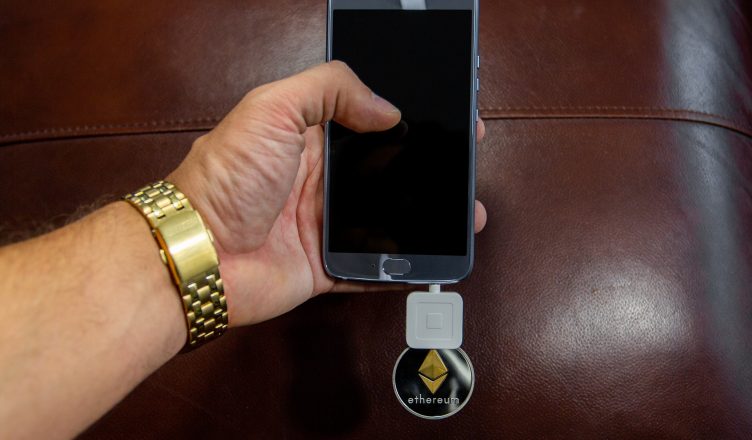Many android wallets are vulnerable to manipulating the screen and audio content because of a new vulnerability that enables the media projection service to catch them. More than 34% of Android users are vulnerable as the bug impacts Lollipop, Marshmallow, and Nougat platforms. With the release of Lollipop 5.0, Google has accidentally created the danger. The Media Projecting feature was available only to system-level applications and using release keys before this release. All new systems were susceptible to such data attacks. For more information, know more about Bitcoin transfers.
Market Risk
Controversially, the greatest danger facing investors when pursuing cryptocurrency is a possible negative price movement in their assets. You’re always losing when, for example, you get 15 percent APY for a bill, but the bill decreases by 50% over the year. Therefore, crypto-investors must carefully choose the assets they intend to stake and not choose their stake assets based solely on APY estimates.
Liquidity Risk
Another element in danger is the sustainability — or rather, the illiquidity — of your assets. You might find it hard to sell or convert your stack return into bitcoin or stablecoins if you are staking a micro-cap altcoin that does not have liquidity on exchanges. Liquid assets with large trade volumes can mitigate the risk of liquidity.
Period of Lockup
Some stable assets have closed periods during which the staked assets may be unavailable. Examples of this will be Tron and Cosmos. If the price of your staked asset drops significantly and you can’t unstack it, your net return would be affected. Staying assets without lockups would help mitigate the danger of lockup.
Rewards Duration
Like lockup times, certain stacking properties don’t pay out stacking benefits every day. Thus, stakes must wait for their rewards. If you “HODL” and stake the whole year, it shouldn’t affect your APY. The investors may opt to take assets that pay every day staking benefits to minimize the negative impacts of lengthy retribution periods on their total investment returns.
Risk of Validator
The running of a validator node for a cryptocurrency needs technological expertise to ensure that the staking process does not interfere. Nodes should have 100% uptime to ensure their staking returns are maximized. Furthermore, you will incur sanctions that influence your overall staking returns in the case of an (in error) validator node. In the worst-case scenario, validators might also “slash” their stakes, which would mean that a portion of the staked tokens was lost. You can use a provider like a trusted wallet to move your stakes to a validator from a third party to mitigate the risks involved using your validator node.
Costs of the validator
Operating a validator node or utilizing a third-party provider, the staking of cryptocurrency costs often exists. Running your validator Node will incur hardware and power costs, while it will normally cost a few percentage points to stake a third-party supplier.
Theft
Lastly, if you don’t pay enough attention to protection, you can always lose private keys to your wallet or rob the funds. If you are storing or merely ‘Holding’ your numerical properties, it is important to ensure the secure storage of your wallet and private keys. It is also advisable to use applications to hold private but non-custodial staking platforms with private keys.
More Crypto, More Issue
Vulnerability does not mean that they have been abused, but because of Bitcoin and other cryptocurrencies’ growing value and media popularity, they are increasingly possibly. High-Tech Bridge uses its Mobile X-Ray tool to search APKs for the OWASP and other vulnerabilities to identify vulnerabilities in Android cryptocurrency applications. Tests are based on 30 of the most common crypto-monetary apps with over 500,000 installations, 30 up to 500,000 installations, and 30,000 installations. What he thought was the least surprising. Out of apps that download over 500,000, 94% had at least three medium-hazard vulnerabilities, 94% had no backend hardening or security, and 94% used either SSL 3.0 21 years old or TLS 1.0 Krypto protocols 18 years old still.
Scams to Login
Malicious developers are not uncommon to supply mobile wallet versions of common desktop wallet applications. These malicious campaigns aim to close the distance between cryptography and well-known brands and draw more potential victims. If a company already offers a legitimate mobile app, the fake version of the app will steal consumers looking for the real deal but are probably unaware of such a scam.
Clipper
A clipper is a kind of malware that secretly substitutes for the clipboard’s content, using common copying and pasting action. This tactic would replace the copied material, e.g., your wallet address, with intentional content – the wallet address of the assailant – when pasted.
The first-ever Android Clipper to be identified in the google play store — Android/Clipper.C — was a MetaMask app, a forum for accessing Ethereum-based decentralized software. Android/Clipper.C has replaced the Bitcoin and Ethereum wallet addresses with those of the attackers copied into the clipboard.






